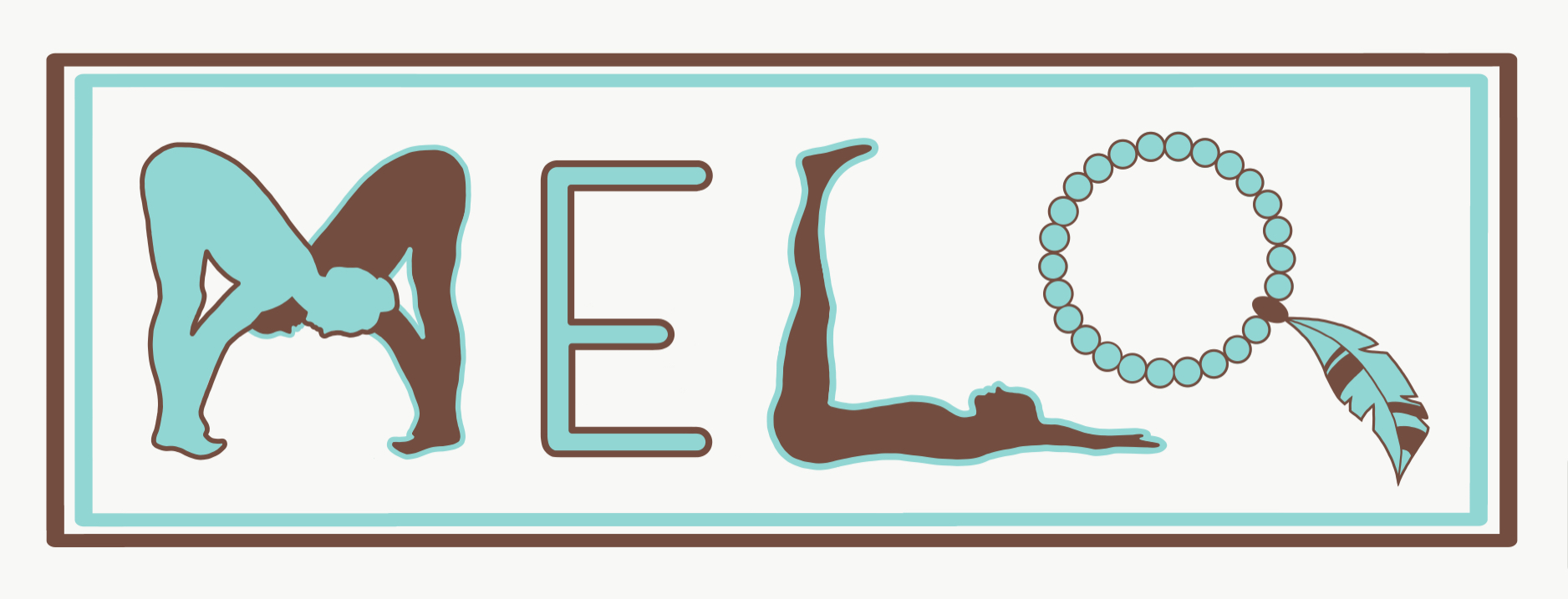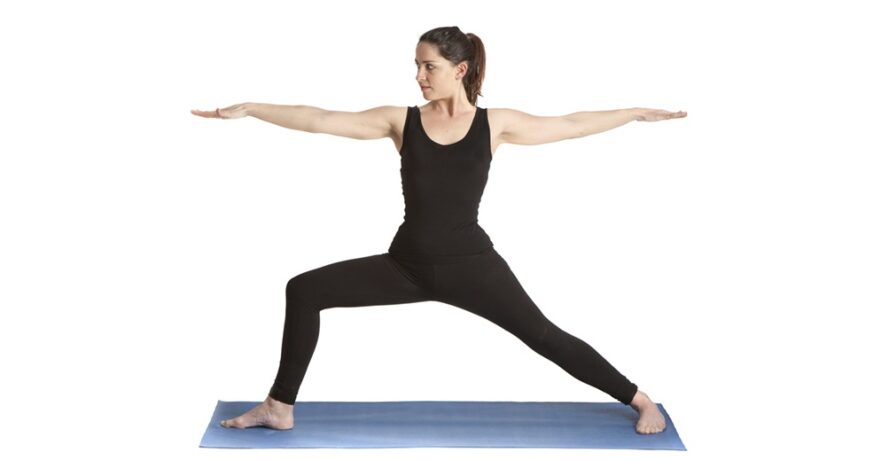A forgotten basic skill?:
In the current climate, we are saturated with endless options for quite literally everything. Including, an unlimited new seating options. As a result, there is too much variety of comfortable chairs, fashionable sofas and ergonomic work seats available to us.
Even with all the benefits available from these things brought into our lives: such as greater comfort at work and fashionable furniture to parade off, we have unwittingly forgotten one fundamental skill that we all used to master effortlessly… Standing up from a seated position, without arm support.
Being able to solely rely on leg strength and core stability to stand up, is something that a lot of us can/will struggle to do on a daily.
With the advent of modern technology, our lives have become increasingly sedentary. We spend countless hours hunched over desks, lounging on couches, or stationed to ergonomic seating.
This article explores how yoga can be used to reverse these seating habits we have all learned. The article will uncover how to stand up without arm support.
Benefits of standing up without arm support:
The NHS estimates most adults spend over 9 hours a day sitting! This is a long time for certain habits to form without us noticing.
The repeated action of using arm chairs, stands, desks etc to help us get out of our sitting arrangements, can slowly promote muscles in our body to stop working as hard as they could. This coincides with a shift in eating habits.
In particular, the growing epidemic of obesity. For example, 1 in 2 adults are classified as overweight.1 in 4 adults in the UK are classified as obese! The combination of the increase in being sedentary and an overweight population has made it more difficult to stand up without arm support.
Here are a few benefits we can achieve from learning to stand up from a seated position, without arm support:
- Improved leg strength – You are forcing the quadriceps, hamstrings and glutes to engage more frequently. Which over time helps with strength and stability in your lower body.
- Helps with core activation – Your core muscles will have to engage more to keep your balance. Greater use of your core can help with improving posture and reducing back pain.
- Helps maintain flexibility – Our body goes through a full range of motion. Helping to maintain a healthy range of motion in the hip and knee joints.
- Promotes body confidence – The self-confidence from being able to get up without arm support, helps reduce the fear of not being stuck in certain positions! Especially in older populations!
How yoga can help?:
Yoga is an open book in terms of the range of benefits you can experience from doing it. Most importantly, it involves a lot of muscles in the body. This includes your glutes, quads, hamstrings and abdominals. Whilst, helping to improve your balance. These combinations of muscles are required when standing up from a seated position. If you find yourself weak in your core or balance, yoga is something you can do at home, with minimal equipment.
Here are several poses that can help you with standing up without arm support:
- Chair pose (Utkatasana) – Helps build foundational strength in the legs and core muscles.
- Warrior II pose (Virabhadrasana II) – Strengthens the core, hips and legs whilst providing stability standing up.
- Bridge Pose (Setu Bandhasana) – Works on engaging the glute and core muscles.
- Tree Pose (Vrksasana) – Improves overall balance and strengthens the leg and core muscles.
- Mountain Pose (Tadasana) – Foundational pose that helps with overall body awareness.
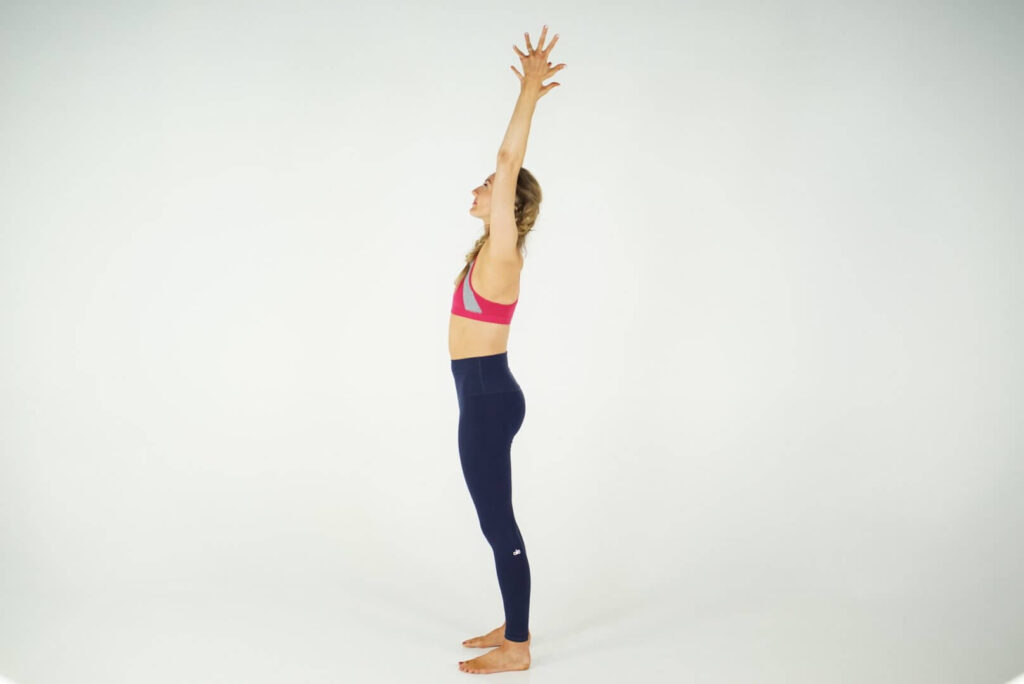
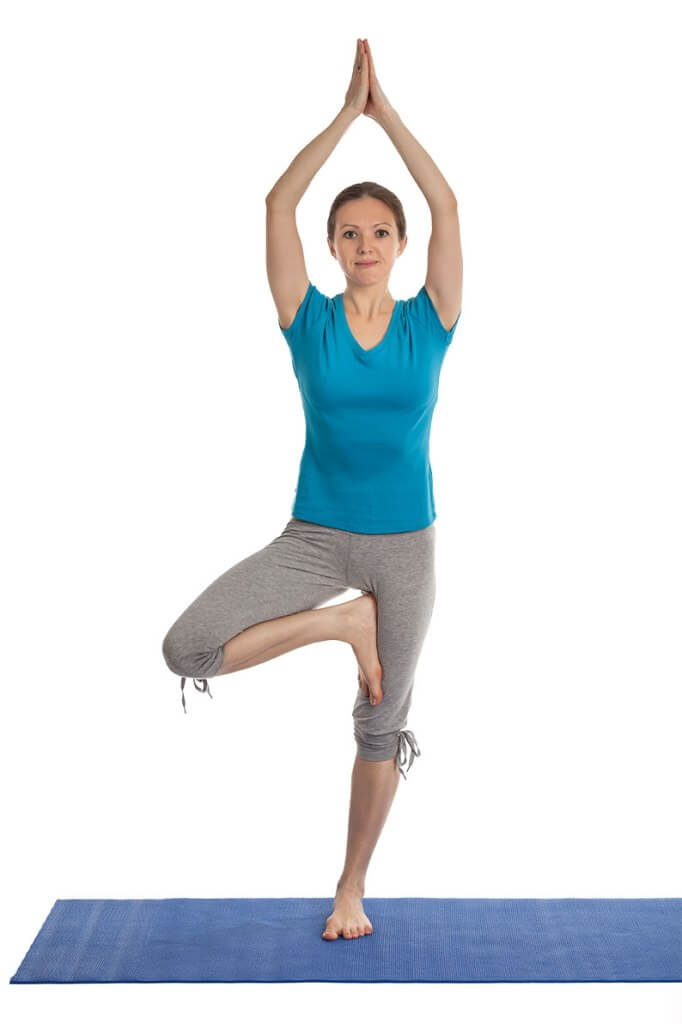
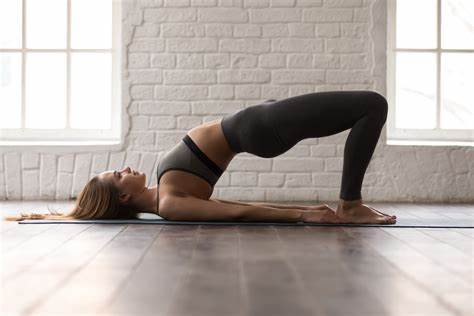
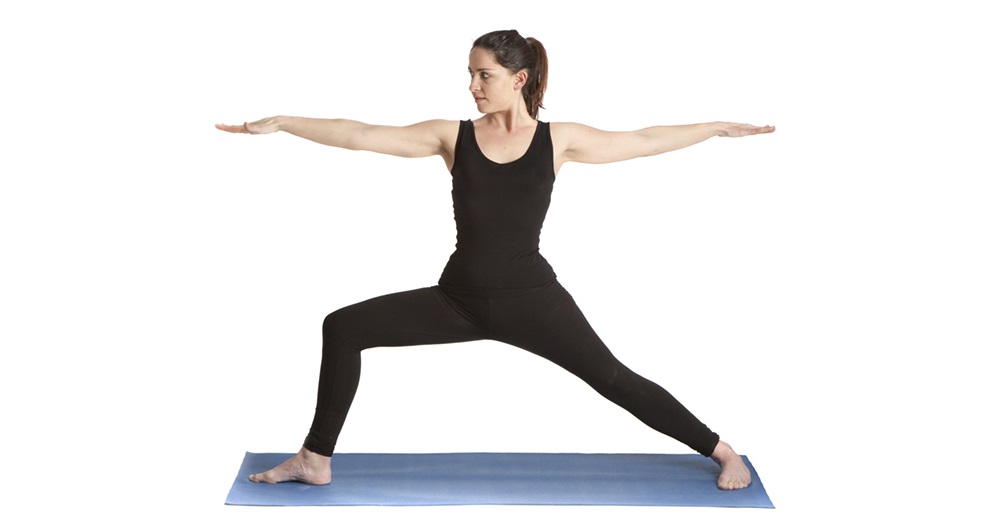
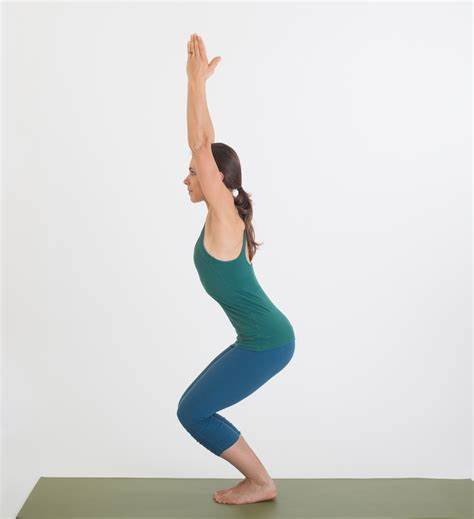
A seated conclusion:
The present is always the best time to work on exporing new habits. Relearning how to be able to stand up without arm support, is a significant step forward towards maintaining a healthy and active lifestyle. With the increase in obesity and a sedentary lifestyle, it’s especially important to look after our health. Furthermore, from this article the key points are: to focus on improving our leg strength and learning to engage our core more often. As a result, with greater consistency and practice, we can teach ourselves to be less reliant on arm support and improve our self-confidence in the meantime!
